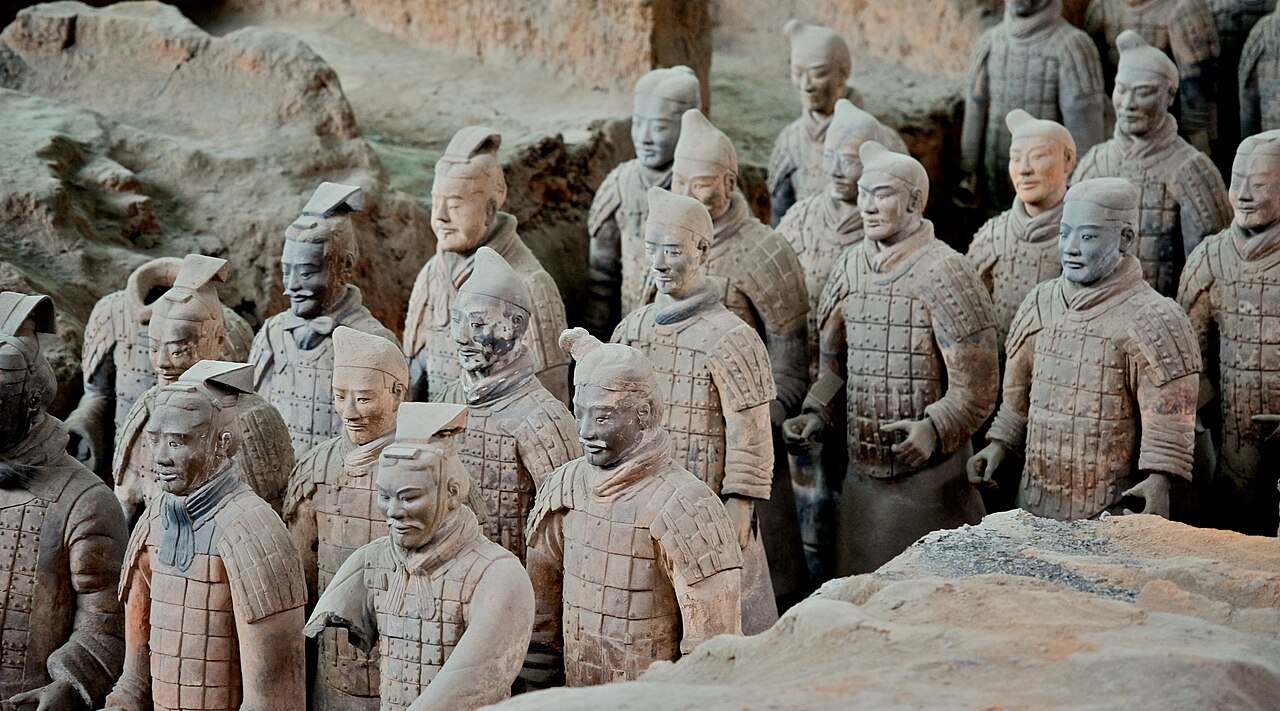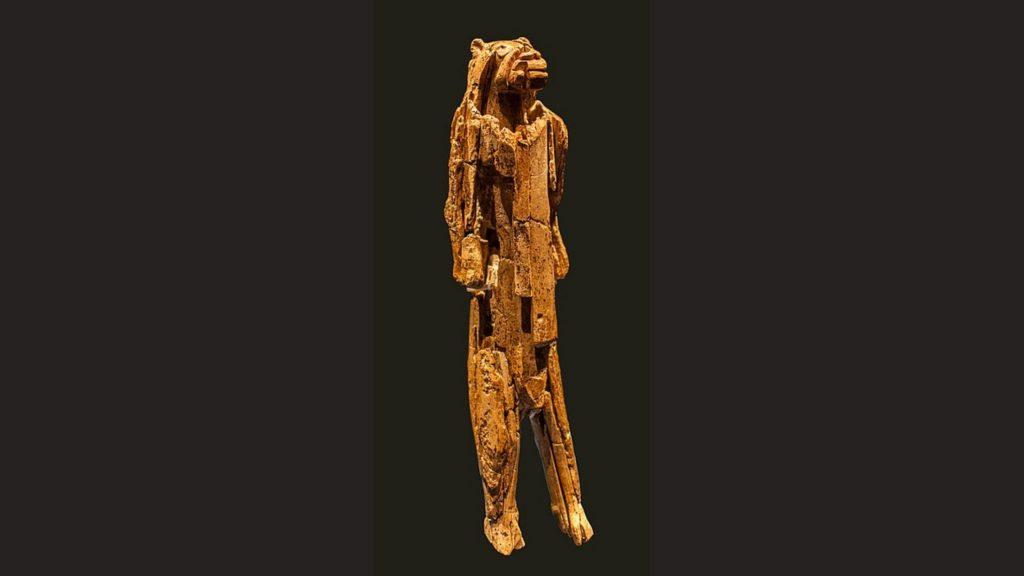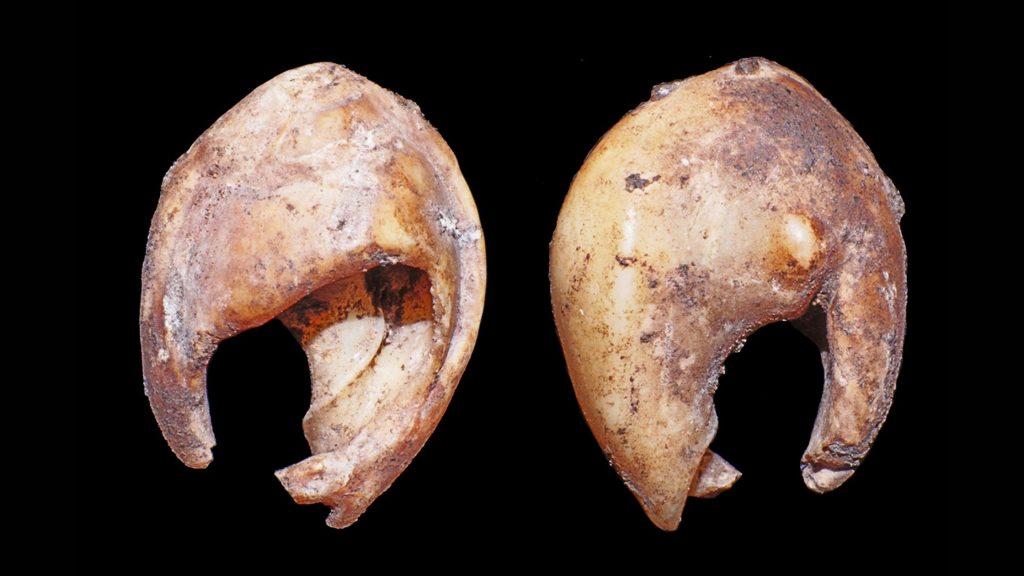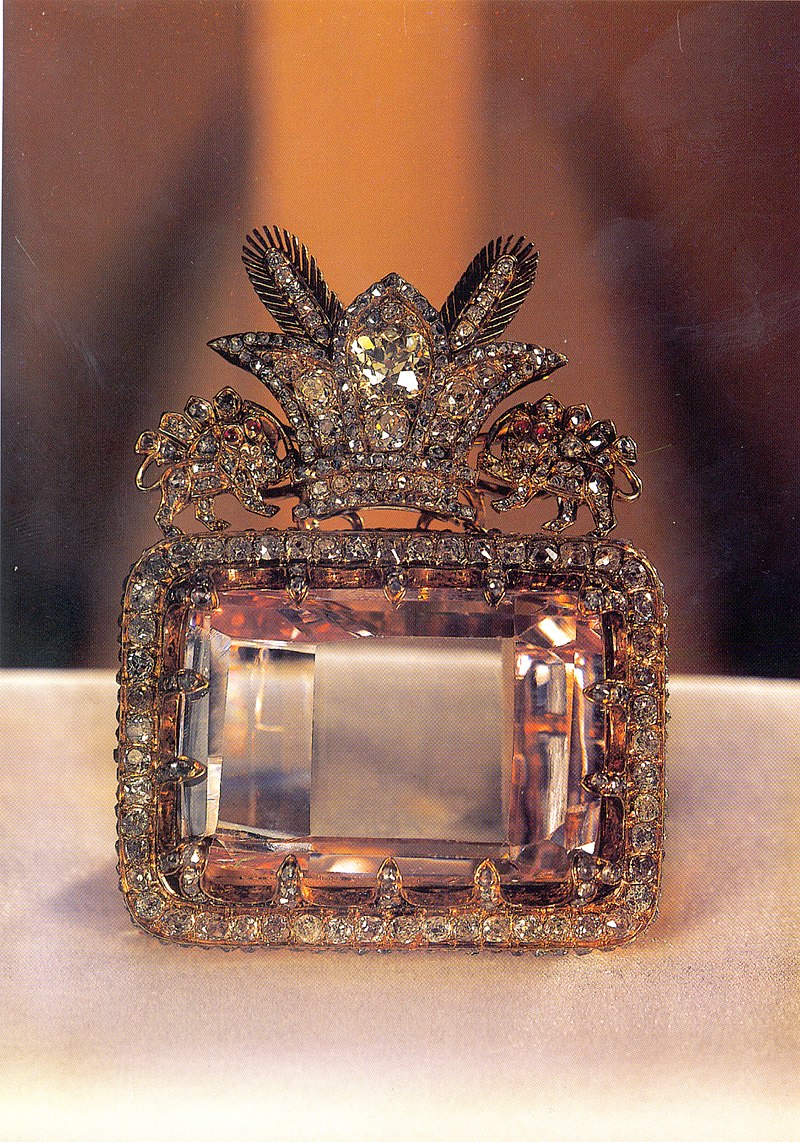Archaeology has roots dating back to the early civilizations that were curious about the past. The ancient civilizations of earth have been a repository of not only great spiritual, moral and architectural wealth but also of treasures beyond comparison. Every time, an archaeologist makes a remarkable and offbeat discovery, the finding is so surprising and sudden that they are unable to explain what it is the thing that they have found, how it came into existence, or make out its value. Here we talk about some of the most iconic as well as priceless artifacts ever known. So, let’s get started right away….
1. Tutankhamun’s Funerary Mask

Ancient Egyptian pharaoh Tutankhamun’s funerary mask is considered one of the greatest masterpieces of Egyptian art. The 24-pound golden facial replica capped the wrapped mummy of the Egyptian king, who died in 1323 B.C.
Generally, it’s purpose was to cover the face of the deceased and represent the features of the deceased, to honour them and to establish a relationship with the spiritual world through the mask. It had a broad collar, which ends in terminals shaped as falcon heads. The chin sprouts a tube-like beard, and the forehead displays two deities of vulture and cobra, who together symbolized unification of Lower and Upper Egypt.
The back of the mask is covered with Spell 151-b from the Book of the Dead, which the Egyptians used as a road map for the afterlife. This particular spell was said to protect the various limbs of Tutankhamun as he moved into the underworld. Masks such as Tutankhamun’s were created to ceremoniously cover the face in grandeur and to allow the spirit to recognize the body after death.
British archaeologist Howard Carter discovered Tutankhamun’s tomb along with the mask in 1922. The mask is currently at its home at the Egyptian Museum in Cairo and is not part of the Tutankhamun: Treasures of the Golden Pharaoh exhibition.
2. The Terracotta Army

Qin Shihuang was the first emperor to rule a unified China from 210 to 221 B.C. According to his masterplan, an underground army was built and it went undiscovered for over 2200 years! Can you just believe it?
The site features statues of dancers and acrobats, gold-embellished carriages, an overall thousands of life-sized clay warriors, lining trenches in military formation. The Terracotta Warriors are amazingly lifelike and it feels as if they could simply wake up and start marching along as they did over two thousand years ago.
The army was stationed in military formation near Qin’s tomb in order to protect the emperor in the afterlife. The soldiers are still standing and showcase an extraordinary level of craftsmanship and artistry from 2,200 years ago.
According to historical records, all the craftsmen who participated in this mausoleum project were buried alive in the burial pits around the tomb in order to keep the secrets of the Terracotta Army from being discovered until it was first discovered by a group of local farmers trying to dig a well roughly a mile east of Emperor Qin’s tomb in 1974. Currently, a museum stands over the place.
3. Löwenmensch Figurine (Lion-man of the Hohlenstein-Stade)

The Löwenmensch figurine is the oldest known piece of figurative art in the world. Being almost 40,000 years old, the historical artifact was first discovered in 1939 by geologist Otto Völzing at the Hohlenstein-Stadel cave.
Sculpted with great originality, virtuosity and technical skill from mammoth ivory, the sculptor has combined the two animals with a human. The naturalism in which the figure is carved and a combination of both human and animal characteristics signify that humans held a deep admiration for animals. Lions are traditionally seen as strong leaders and are associated with power.
The fragmented pieces of the artifact were kept idle for almost 30 years in the museum of Ulm until Joachim Hahn, an archaeologist joined the pieces together to form some sort of a standing figurine. In 1962, more pieces came to light and were added in 1982. Further excavations uncovered more pieces in 2009. The lion-man figurine is currently kept at the museum at Ulm only.
4. The Bone Flutes

According to scientists, the bone flutes found at Geissenkloesterle Cave in Germany are the oldest musical instruments ever found in the world aging sometime between 42,000-43,000 years old. The flute was found in 31 pieces in this cave located in Ach Valley, 20 km west of Ulm in southern Germany. The flutes were made from bird bone and mammoth ivory which is associated with the earliest modern humans in Europe.
Researches revealed that bird bones were used in this aspect since they are extremely well-suited for making flutes, as they are already hollow, thin and strong, so that they can be perforated without too much danger of fracturing. The flutes were found in the Caves with the oldest Ice Age art, where also the oldest known examples of figurative art were discovered.
5. The Skhul Cave Beads

The earliest known pieces of bead-jewellery made by modern humans were the shell beads aging over 100,000 years old. Two of the ancient beads come from Skhul Cave on the slopes of Mount Carmel in Israel and a third bead from Oued Djebbana in Algeria aging between 35,000-90,000 years old, while the new beads were found in Bizmoune Cave, a stunning gallery in the flank of an 800-meter limestone mountain in western Morocco, just 12 kilometres east of the Atlantic Ocean.
Archaeologist say that the snails that produced the shells are from the sea, which is 3.5 kilometres away from Skhul, Israel.
The beads were the oldest record of personal ornamentation ever found, suggesting that African humans from this time could think symbolically and were more culturally advanced than previously believed. It also holds some kind of cultural significance as the people who made the jewelleries from it had to travel a long distance to collect them.
6. The Darya-ye Noor diamond

When it comes to diamonds of historical significance, the Darya-ye Noor diamond is difficult to surpass. The Darya-ye-Noor is believed to be a major portion of the fabled Great Table Diamond discovered in the mines of Golconda in southern India. While it is best known as one of the greatest treasures of the Iranian crown jewels, the beautiful pink diamond has an even older origin.
Darya-ye Noor is the largest and finest diamond in the crown jewels of Iran. The pale pink tablet-shaped stone weighing about 185 carats which allures the artifact is 7.2 centimetres high and 5.3 centimetres wide.
The Mughals were the foremost owners of this until Nadir Shah, invaded and took it away. Later his grandson, Shahrukh Mirza inherited it. During this period, the Darya-ye Noor changed hands from Alam Khan Khozeimeh, Lotf Ali Khan Zand and Agha Mohammad Khan, who founded the Qajar dynasty. Moreover, the Darya-ye Noor likely boasts a Type II-a grading, which means these diamonds contain either undetectable amounts of nitrogen or none at all, making them ultra-rare.
Also read:


